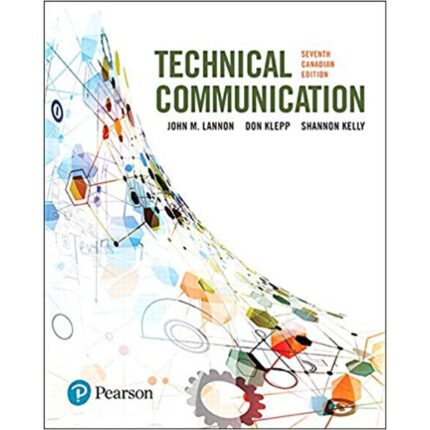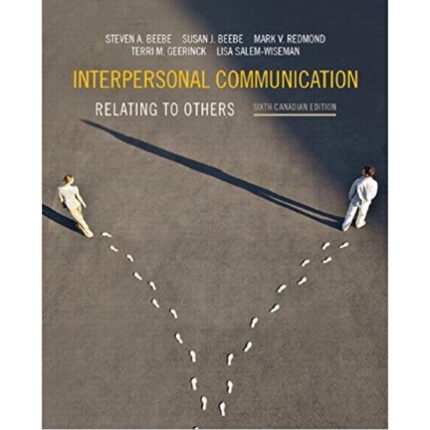Chapter 11: Intercultural Communication in Business, Health Care, and Educational Settings
Multiple Choice
- In 2015, this country surpassed the United States as the world’s largest economy.
- Germany
- China
- Japan
- France
Ans: B
Answer Location: Chinese Management Practices
Learning Objective: 11-2: Compare managerial styles of Japanese, Germans, Mexicans, and Chinese.
Cognitive Domain: Knowledge
Difficulty Level: Easy
- In Japanese companies, the primary purpose of taiso is ______.
- to foster physical fitness
- to get employees to engage in coordinated activity
- to punish less productive workers
- to reward productive workers
Ans: B
Answer Location: Japanese Management Practices
Learning Objective: 11-2: Compare managerial styles of Japanese, Germans, Mexicans, and Chinese.
Cognitive Domain: Knowledge
Difficulty Level: Easy
- In comparison with U.S. managers, Japanese managers use influence tactics that are ______.
- direct and concise
- guilt oriented
- subtle and indirect
- punishment oriented
Ans: C
Answer Location: Japanese Management Practices
Learning Objective: 11-2: Compare managerial styles of Japanese, Germans, Mexicans, and Chinese.
Cognitive Domain: Knowledge
Difficulty Level: Easy
- In Japan, indirect eye contact is a sign of ______.
- conflict
- disrespect
- concentration
- deference
Ans: D
Answer Location: Table 11.1 – U.S. Perceptions and Japanese Realities
Learning Objective: 11-2: Compare managerial styles of Japanese, Germans, Mexicans, and Chinese.
Cognitive Domain: Knowledge
Difficulty Level: Easy
- The most prominent feature of German culture that permeates into their organizations is ______.
- compartmentalization
- polychronic time orientation
- low power distance
- collectivism
Ans: A
Answer Location: German Management Practices
Learning Objective: 11-2: Compare managerial styles of Japanese, Germans, Mexicans, and Chinese.
Cognitive Domain: Knowledge
Difficulty Level: Easy
- Within organizations, many Chinese workers see the manager as ______.
- a sort of father-like figure who makes decisions and expects obedience from the workers
- a member of the Communist Party
- an equal partner in the business
- distrustful
Ans: A
Answer Location: Chinese Management Practices
Learning Objective: 11-2: Compare managerial styles of Japanese, Germans, Mexicans, and Chinese.
Cognitive Domain: Comprehension
Difficulty Level: Medium
- Many German corporations concentrate on ______.
- diversification
- specialization
- utilization
- simplification
Ans: B
Answer Location: German Management Practices
Learning Objective: 11-2: Compare managerial styles of Japanese, Germans, Mexicans, and Chinese.
Cognitive Domain: Knowledge
Difficulty Level: Easy
- In comparison with workers in the United States, Mexican workers ______.
- generally are not rewarded for initiative
- generally are more individualistic
- are paid more
- are more preoccupied with their careers
Ans: A
Answer Location:
Learning Objective: Mexican Management Practices
Learning Objective: 11-2: Compare managerial styles of Japanese, Germans, Mexicans, and Chinese.
Cognitive Domain: Comprehension
Difficulty Level: Medium
- Most Mexican businesses have ______.
- a decentralized structure incorporating participative management practices
- a monochronic orientation
- low power distance orientation
- a rigid hierarchy where power is centralized in the person at the top
Ans: D
Answer Location: Mexican Management Practices
Learning Objective: 11-2: Compare managerial styles of Japanese, Germans, Mexicans, and Chinese.
Cognitive Domain: Comprehension
Difficulty Level: Medium
- People from different cultures generally attribute illness to which of the following causes?
- factors within the individual, such as bad eating and exercise habits
- factors within the natural environment, such as air and water pollution
- societal factors, such as intergroup conflict, poor health care facilities
- all of these
Ans: D
Answer Location: Lay Theories of Illness
Learning Objective: 11-3: Compare the different beliefs, values, and behaviors associated with health and health care across cultures.
Cognitive Domain: Knowledge
Difficulty Level: Easy













Reviews
There are no reviews yet.